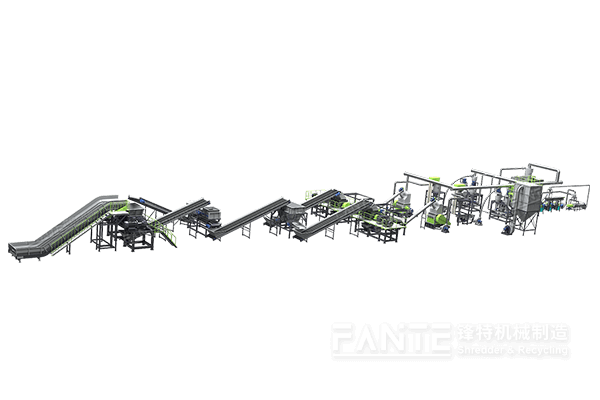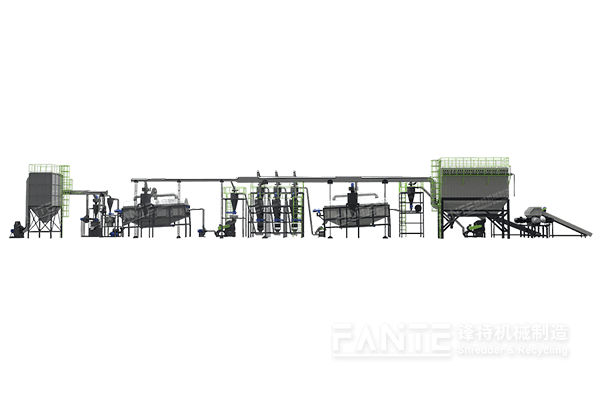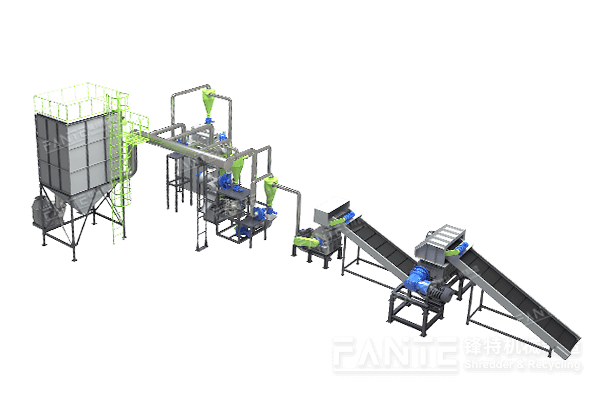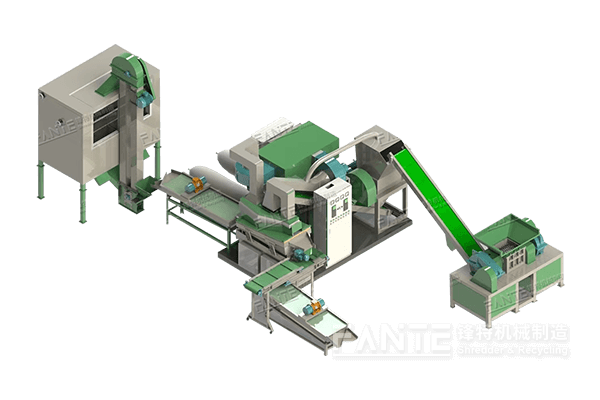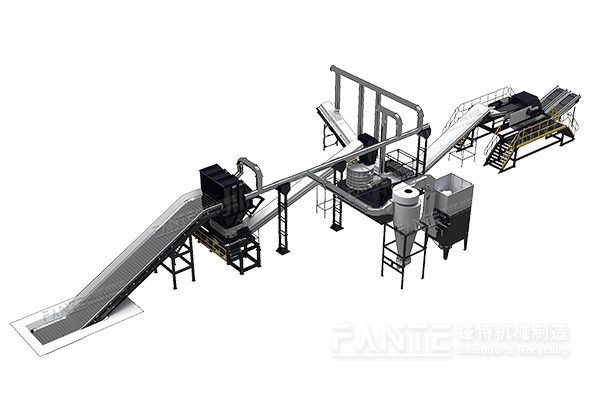Waste Recycling Systems
Against the backdrop of global resource constraints and intensifying environmental pressures, waste recycling has become an important way to promote sustainable development. By efficiently utilizing waste resources, we can reduce our dependence on natural resources and at the same time reduce the environmental pollution caused by waste. Efficient crushers and sorting equipment quickly process large quantities of waste, enabling accurate separation and high-value recovery of materials.
The core of waste recycling lies in turning “garbage” into “resources”. Recycling systems crush used tires into rubber granules for producing materials in sports fields or road construction. They also recycle PCB boards and lithium batteries from e-waste to recover valuable resources.
Waste recycling systems, including the preparation of the following materials:

Lithium Batteries
Waste lithium batteries offer valuable resources for recovery and recycling. Through advanced recycling technologies, we can recover precious metals like lithium, cobalt, and nickel, reducing the need for mining and minimizing environmental harm. Recycling not only conserves resources but also prevents hazardous chemicals from polluting soil and water.
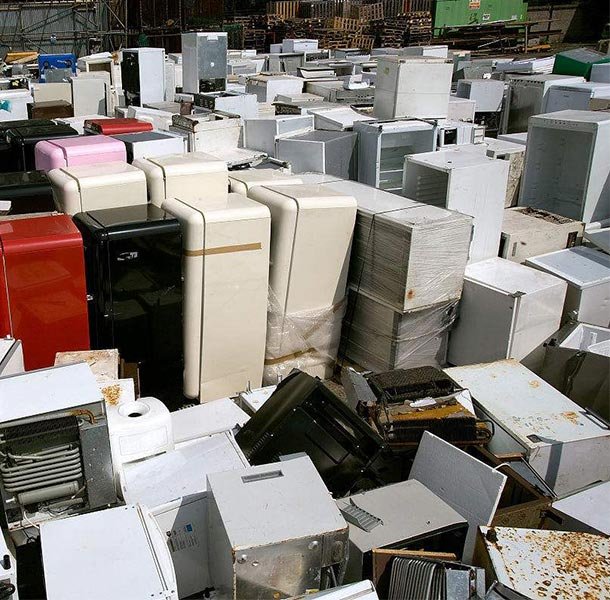
Waste Refrigerators
Recycling waste refrigerators recovers valuable materials such as metals, plastics, and refrigerants efficiently. By processing old refrigerators, we reduce landfill waste, reclaim reusable resources, and prevent harmful substances from damaging the environment.
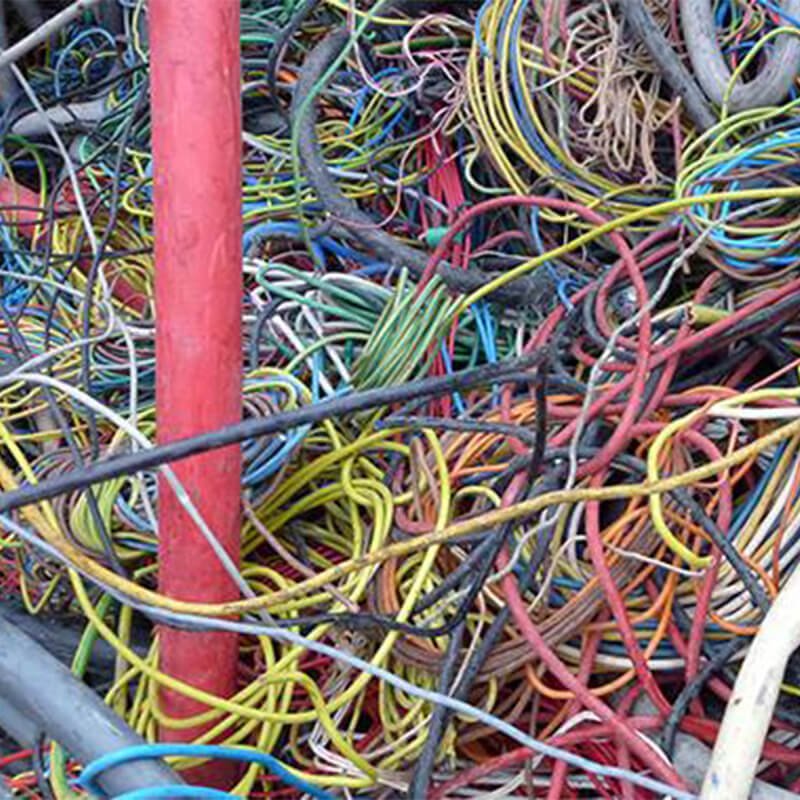
Waste Wires
Waste wires are more than just scrap—they’re a source of valuable metals like copper and aluminum.Efficient e-waste recycling processes extract these materials for reuse, reducing resource depletion and environmental impact. Turn discarded wires into new opportunities.

Waste Tires
Waste tires provide valuable materials such as rubber, steel, and fibers that can be reused in numerous applications. Advanced recycling technologies transform old tires into rubber granules, tire-derived fuel (TDF), or construction materials, reducing landfill waste and environmental pollution.
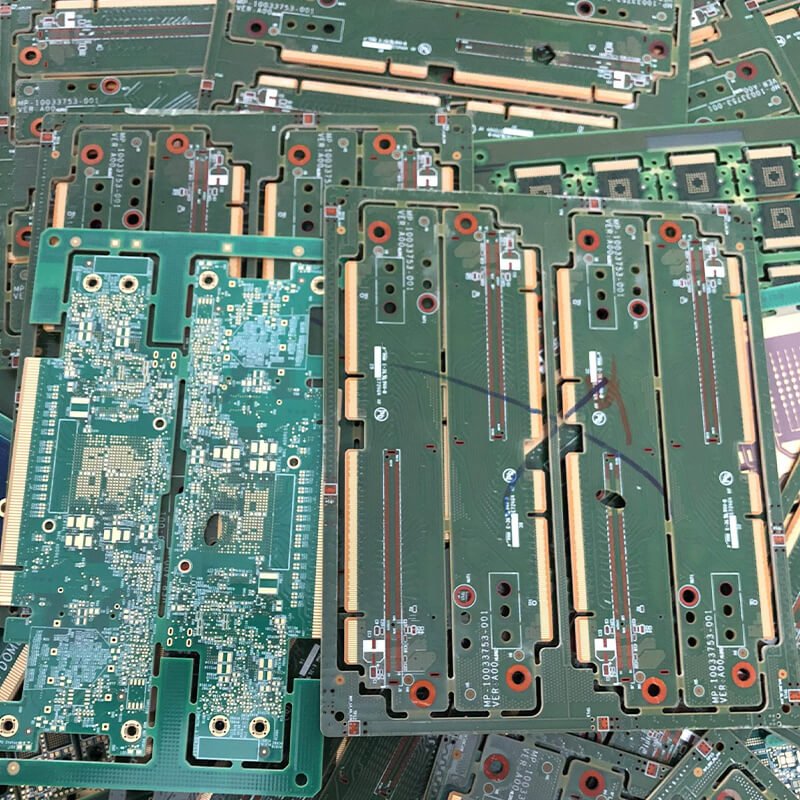
Waste PCBs
Waste PCBs (Printed Circuit Boards) contain precious metals like gold, copper, and silver, as well as reusable components. Advanced recycling techniques recover these valuable materials, reducing e-waste pollution and conserving natural resources.
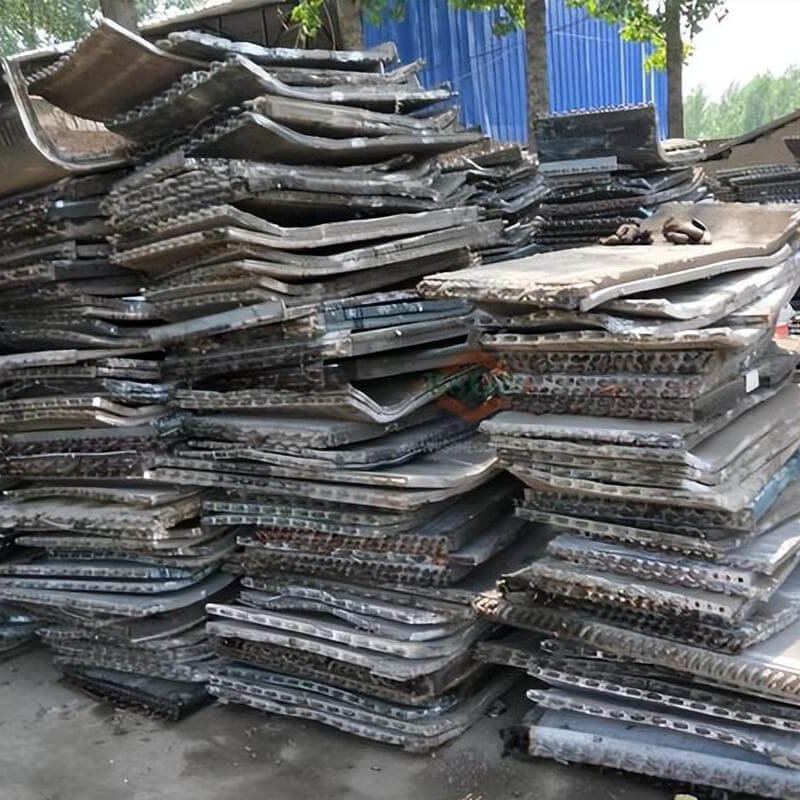
Waste Radiators
Waste radiators are rich in recyclable materials like copper, aluminum, and steel. Efficient recycling processes recover and repurpose these materials, minimizing resource waste and reducing environmental impact.
- The pre-shredding system can be equipped with bolted cutting tools tominimize the operational cost and simplify maintenance of the line.
- Two-stage rasper system effectively liberates the steel from the rubberenabling effective separations and the production of clean wire.
- The fine granulation system is equipped with a special rotor designedspecifically for tire rubber size reduction. It provides maximum throughput.whilst minimizing the amount of fines created.
- System automation ensures that components actions are linked, the systemcapacity is maximized, and the system is protected against interfering materialin the best way.machine is also optimized for low operational and wear costs.
- The comprehensive recycling and treatment equipment for wastelithium batteries has a high degree of automation and is easyto industrialize.
- All recycling processes have been automated.and the valuable components of waste lithium batteries have arecovery rate of over 99%.
- Lithium battery processing equipmentseparates aluminum, copper, and positive and negative electrode materials from discarded positive and negative electrode platesfor the purpose of recycling.
- The aluminum content of positiveand negative electrode materials is less than three thousandths. and the copper aluminum grade is ≥ 96%
- Operators first mechanically disassemble scrap circuit boards to remove large components and heat sinks, preparing the boards for further processing.
- The boards are then fed into a crusher for comminution. Crushed materials are screened and graded to separate particles by size and type, ensuring efficient downstream processing.
- Physical separation techniques—including wind separation, magnetic separation, and gravity separation—effectively separate metals from non-metallic materials.
- Chemical methods purify the metals during the refining process, producing high-purity metals that are suitable for reuse or sale.
- The waste wire recycling line is a production system specifically designed to process and recycle waste wires and cables efficiently.
- Operators feed waste wires into the crusher, which reduces them into small pieces to facilitate subsequent processing.
- Crushed materials move through a conveying system to separation equipment—such as air flow separators, vibrating screens, or gravity separators—that effectively separates metallic and non-metallic materials.
- Refining and purification steps ensure the recovered metals meet quality standards, making them suitable for reuse in new applications.
The waste refrigerator recycling system is an environmentally friendly facility specially used to process and recycle waste refrigerators.
- Disassembly and separation: Disassemble the refrigerator into its individual components such as compressor, condenser, insulation, etc.
- Handling of hazardous substances: Safely dispose of refrigerants and other hazardous substances in the refrigerator to prevent environmental pollution.
- Material recycling: Recycle metals (such as steel, aluminum), plastics, glass and other reusable materials and send them to corresponding recycling plants for reprocessing.
- Resource utilization: Put the recycled materials back into the production process to realize the recycling of resources and reduce the dependence on natural resources.

